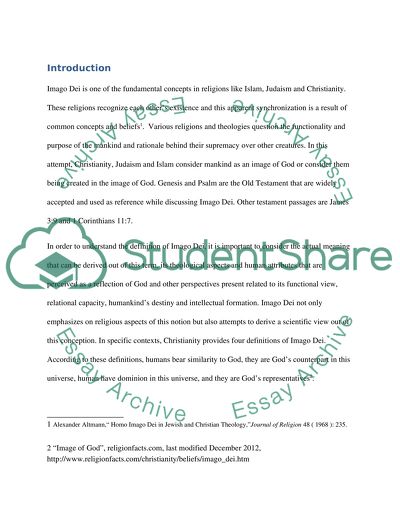Cite this document
(“Imago Dei Research Paper Example | Topics and Well Written Essays - 1750 words”, n.d.)
Imago Dei Research Paper Example | Topics and Well Written Essays - 1750 words. Retrieved from https://studentshare.org/religion-and-theology/1465531-imago-dei
Imago Dei Research Paper Example | Topics and Well Written Essays - 1750 words. Retrieved from https://studentshare.org/religion-and-theology/1465531-imago-dei
(Imago Dei Research Paper Example | Topics and Well Written Essays - 1750 Words)
Imago Dei Research Paper Example | Topics and Well Written Essays - 1750 Words. https://studentshare.org/religion-and-theology/1465531-imago-dei.
Imago Dei Research Paper Example | Topics and Well Written Essays - 1750 Words. https://studentshare.org/religion-and-theology/1465531-imago-dei.
“Imago Dei Research Paper Example | Topics and Well Written Essays - 1750 Words”, n.d. https://studentshare.org/religion-and-theology/1465531-imago-dei.


